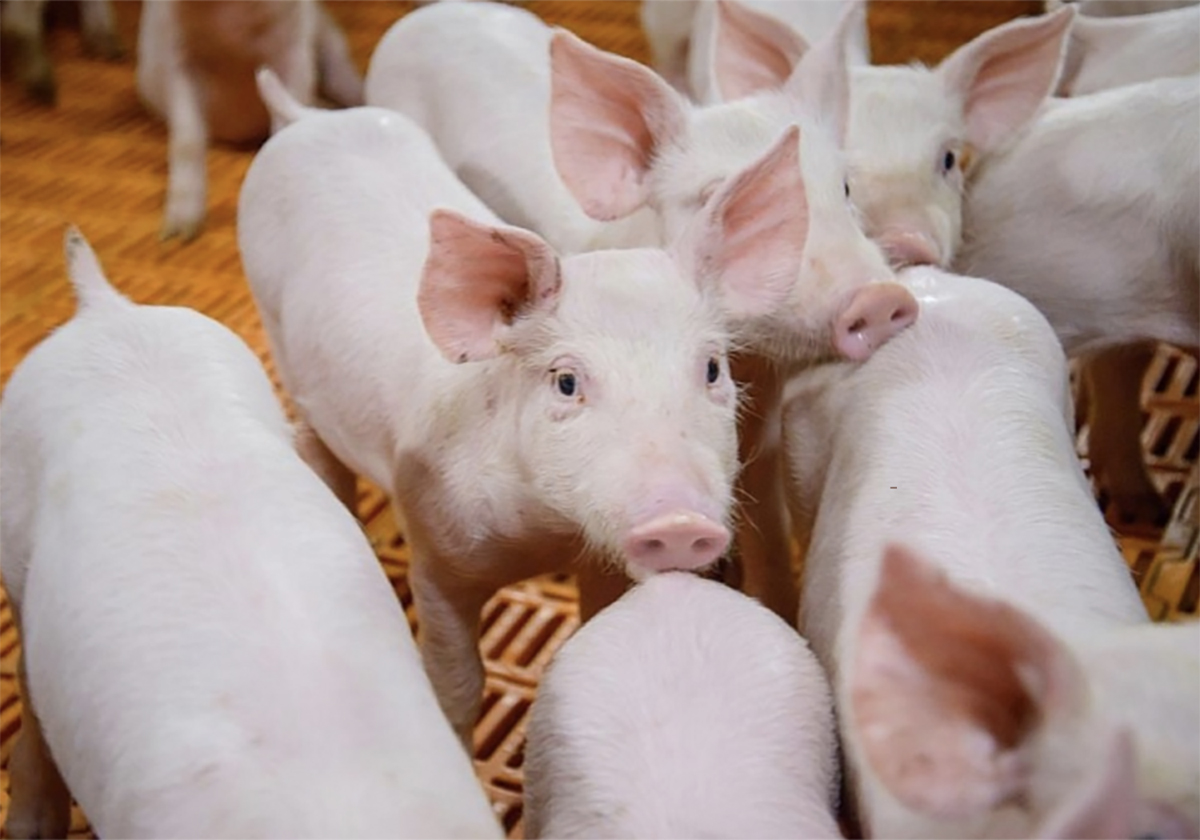CALGARY – The little Japanese Wagyu is making a big impact on North American cattle.
Imported a few years ago from Japan, the Wagyu, known for its highly marbled beef, has already shifted industry philosophy to selling beef based on quality rather than quantity.
Although there aren’t many of these cattle in North America, “they forced the beef industry to look at what it’s producing (in terms of palatability),” said David Lunt of Texas A & M University.
Lunt is the director of the McGregor Research Station at A & M, which has conducted extensive research on Wagyu performance.
Read Also

The Western Producer Livestock Report – August 28, 2025
Western Producer Livestock Report for August 28, 2025. See U.S. & Canadian hog prices, Canadian bison & lamb market data and sales insights.
He presented test results at the recent Canadian Wagyu Association annual meeting in Calgary.
Wagyus are also being studied in Canada and meat scientist Steve Morgan Jones relayed some of the preliminary findings from two years of research at Agriculture Canada’s Lacombe research station.
In total, 300 head were slaughtered at Lacombe, near Edmonton, in the last two years. Research will continue until 1998.
The first study looked at 200 crossbred Wagyus from Lethbridge and Lacombe. The animals were compared to British and European crosses. A Canadian-style diet in normal commercial conditions was used to finish the animals to measure their performance.
Preliminary tests confirmed some things already known about these animals, said Jones.
With the small sample studied, he cautioned listeners to reserve conclusions until more research can be done.
Meat is firmer
Researchers found Wagyu crosses have a higher dressing percentage of lean meat to bone with lower fat depth and more kidney fat. They are also checking the chemical composition of the fat because some information from Texas A & M University indicated the fat was lower in unsaturated fat. The meat is firmer with whiter fat than the crossbreds.
Evidence shows Wagyu crossbreds put on more fat as marbling compared to traditional North American breeds. External fat depth was comparable to other breeds.
Studies have found North American cattle such as Angus that marble well, have the genetic ability to deposit fat early in life. Wagyus build marbling over time and may not be ready for slaughter until three years of age. Wagyus don’t appear to have the genetic signal to stop producing fat.
“Wagyu cattle that are 30 months of age were still making new fat cells,” he said. An Angus will stop making new fat cells at 24 months.
While the Texas studies rated Wagyu meat very tender, the Lacombe animals rated lower in tenderness tests than expected. The difference is an area for further analysis, said Jones.

















